Deck & Commander Strategies
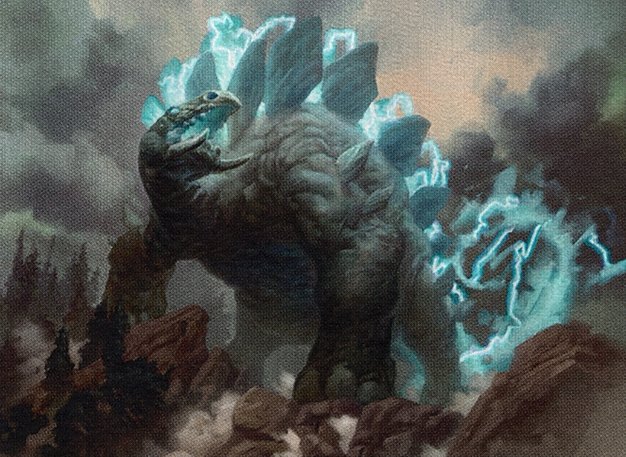
Kalamax, the Stormsire
Builds a storm count through casting and copying spells at instant speed, aiming to win by dealing massive damage with Grapeshot or similar storm finishers.

Urza, Lord High Artificer
Utilizes stax elements and artifact synergies to control the board and gain incremental advantage, aiming to lock opponents down and win through card advantage and mana denial.

Thrasios, Triton Hero
Generates infinite or large amounts of mana using combos involving Guys' Cradle and other permanents, then wins through infinite draw or infinite damage combos.
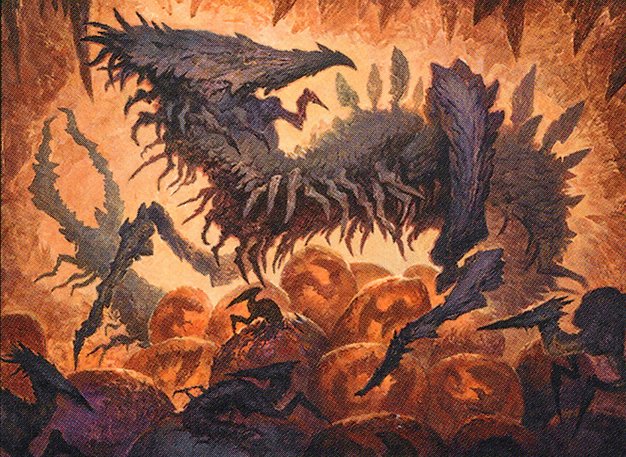
The First Sliver
Employs a Food Chain combo with Slivers to generate infinite mana and draw, leveraging the full five-color mana base to assemble and protect the combo.

Bruse Tarl, Boorish Herder
Focuses on aggressive combat and combat tricks to apply pressure, supporting other synergies on the board for incremental value.
Gameplay Insights
- 1
The Kalamax player prioritized tutoring for Cyclonic Rift to maintain board control in the absence of Nature's Claim, highlighting the importance of flexible removal options.
- 2
Despite significant mana and board presence, the Thrasios deck was hampered by Pithing Needle shutting down its key ability, illustrating the impact of targeted hate cards in cEDH.
- 3
The storm player managed to chain multiple instances of Flusterstorm to protect their combo spells, demonstrating the critical role of counterspells in preserving win conditions.
- 4
Using Neoform to sacrifice and reanimate key creatures allowed for value recursion and triggered important abilities, enabling the storm player to extend their combo turns.
- 5
Efficient use of mana acceleration artifacts and land-based mana (Guys' Cradle, Mana Confluence) allowed players to quickly reach critical thresholds for casting high-impact spells early.
- 6
The sequencing of tutors and instant-speed interaction was pivotal in maintaining tempo and disrupting opponents' plans, showing the high skill ceiling and strategic depth of cEDH play.
Notable Cards
-
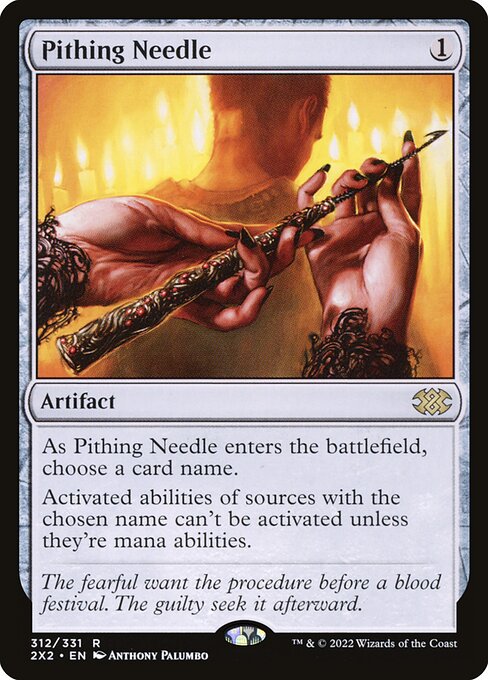
Pithing Needle
-
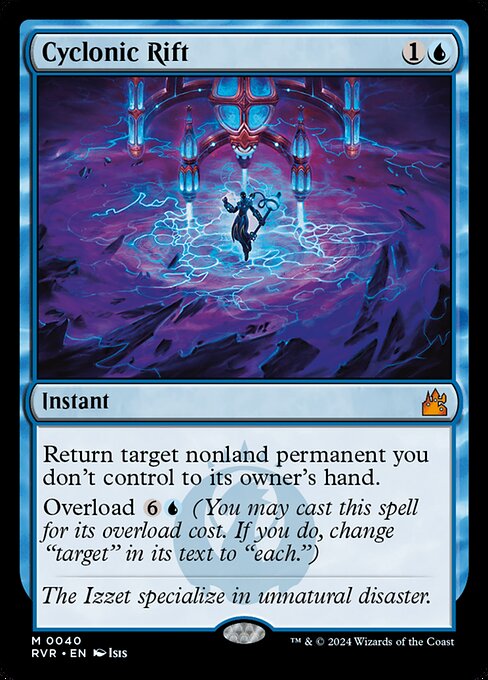
Cyclonic Rift
-
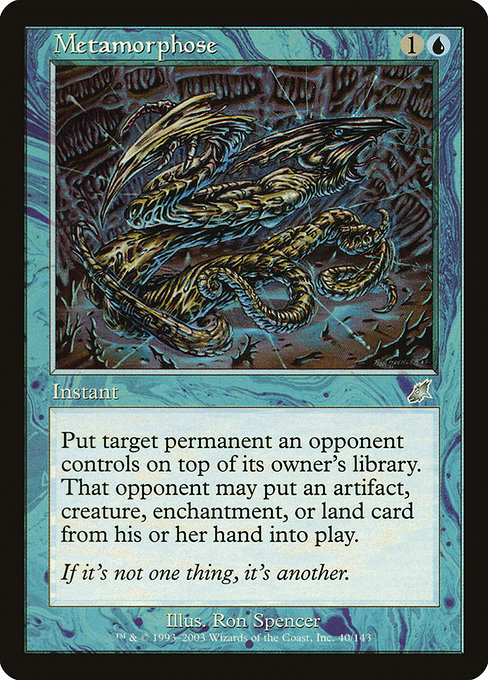
Metamorphose
-
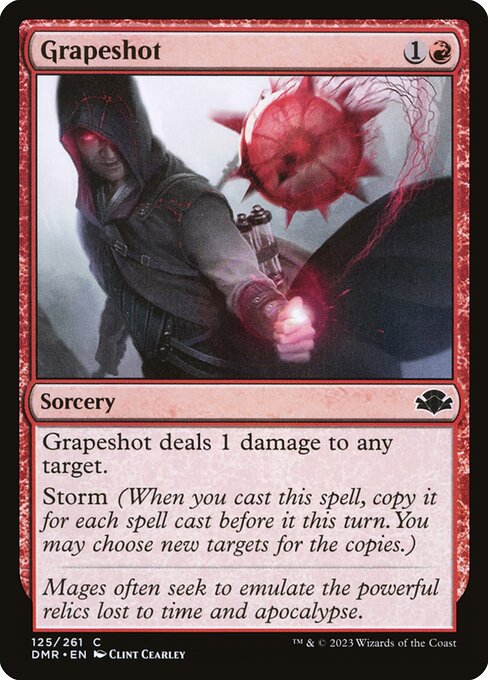
Grapeshot
-
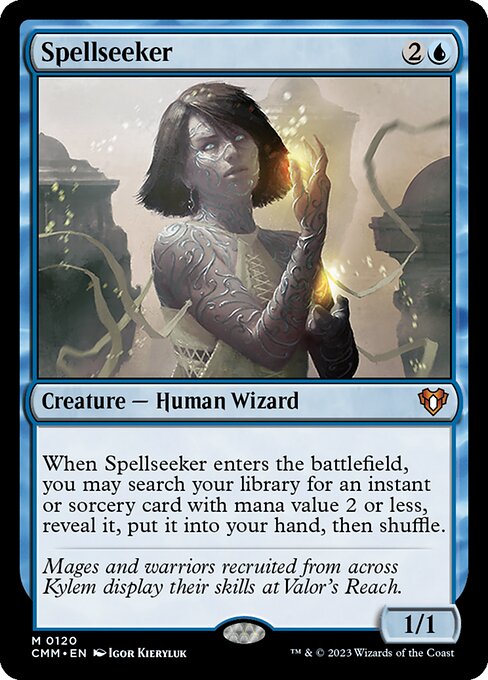
Spellseeker
-
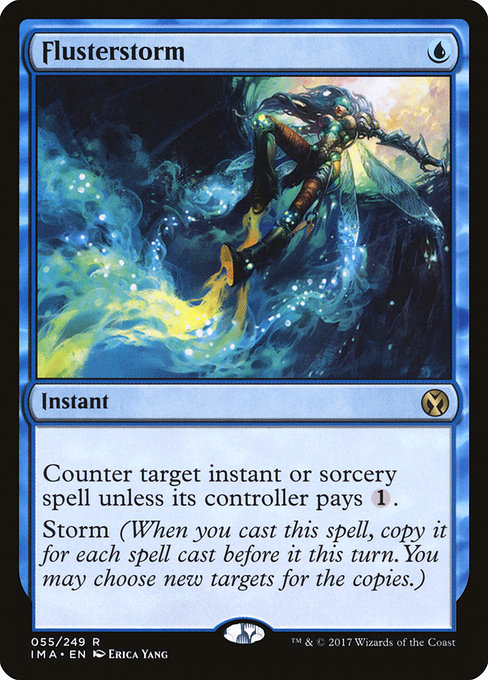
Flusterstorm
-
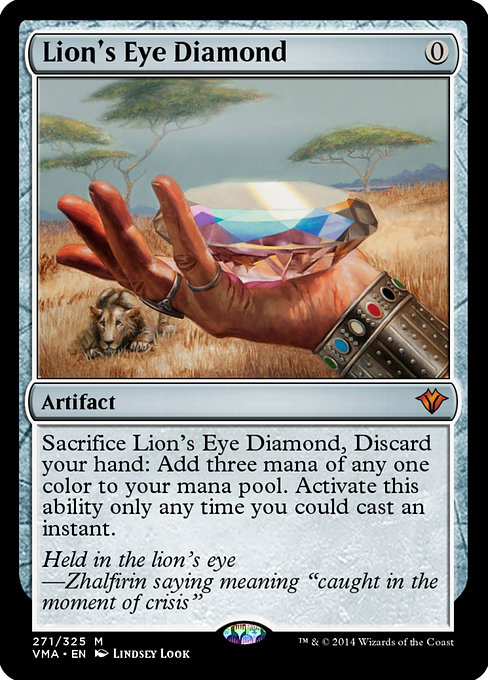
Lion's Eye Diamond
-
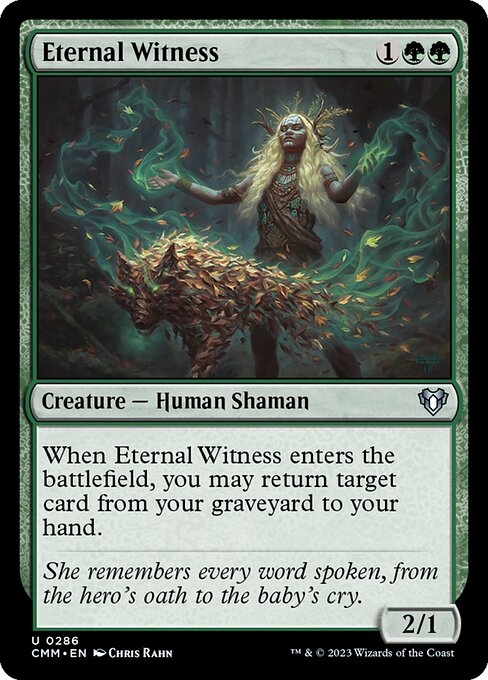
Eternal Witness
-

Noble Hierarch
-
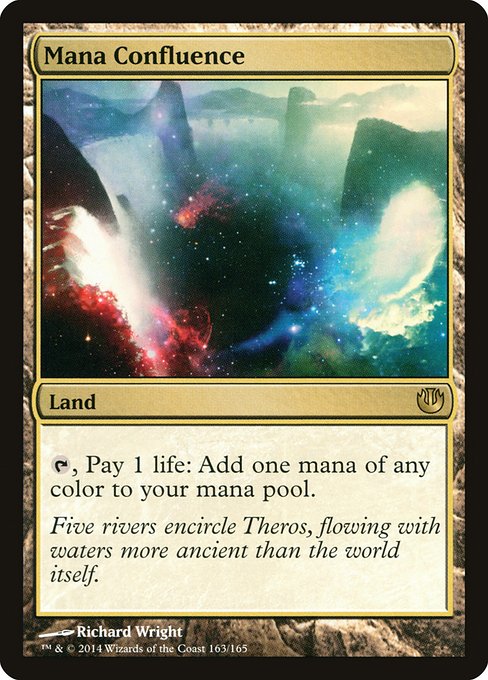
Mana Confluence
-
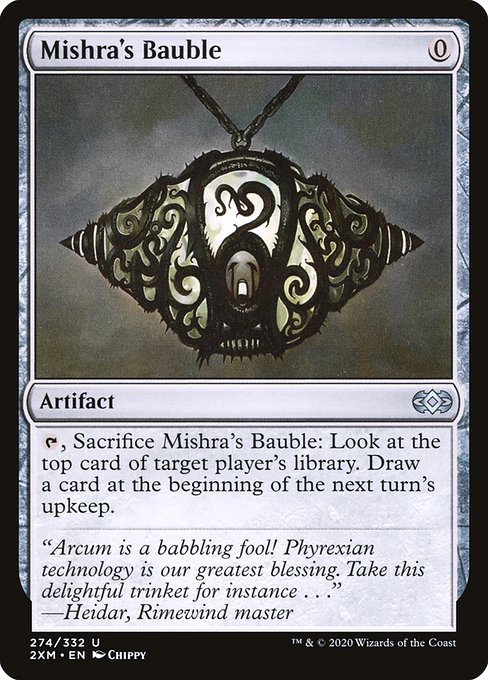
Mishra's Bauble
-
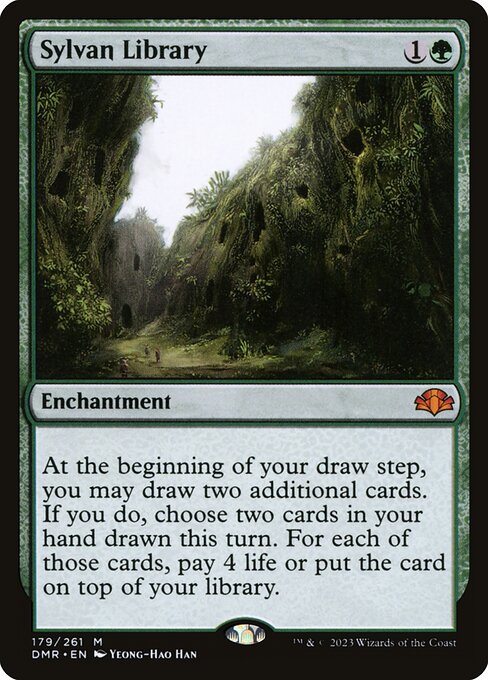
Sylvan Library
-

Faithless Looting
-
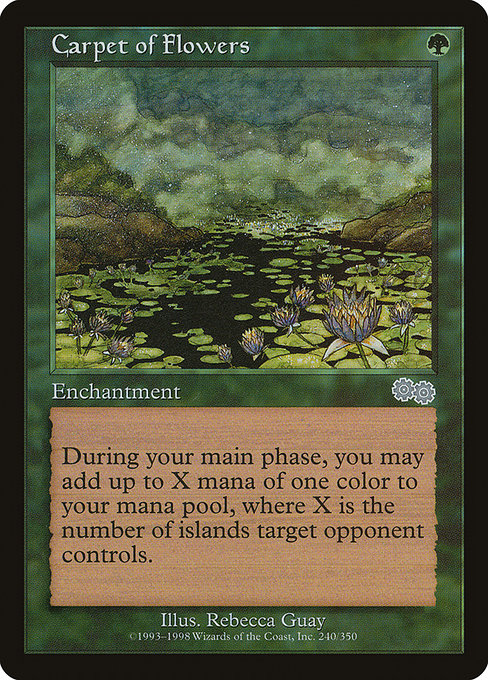
Carpet of Flowers
Gameplay Summary
The game featured four competitive decks battling for control and victory in a high-stakes cEDH match.
Early turns saw players developing their mana bases and deploying key pieces such as Noble Hierarch, Mana Confluence, and various mana acceleration artifacts.
The Urza Stax player established early control through stax pieces and card advantage while the Food Chain Sliver deck aimed to assemble a fast combo by ramping with mana dorks and drawing cards.
The Thrasios deck generated a large mana advantage with Guys' Cradle and executed value plays with spell tutors and recursion spells.
Kalamax Storm focused on copying spells and building storm count to chain powerful spells at instant speed.
A pivotal moment occurred when the Kalamax player cast a Metamorphose, drawing multiple cards and generating additional mana, setting up an explosive storm sequence.
Despite attempts to disrupt with Pithing Needle and counters like Flusterstorm, the storm deck managed to clear the board of key creatures and threats with a well-timed Grapeshot, dismantling multiple opposing permanents and dealing lethal damage.
The interaction between recursive spells, tutors, and efficient mana generation defined the midgame, with players balancing board control and combo assembly.
The game highlighted the synergy of the storm deck’s ability to protect its combo pieces while leveraging instant-speed interactions to outpace the slower stax and value strategies.













































